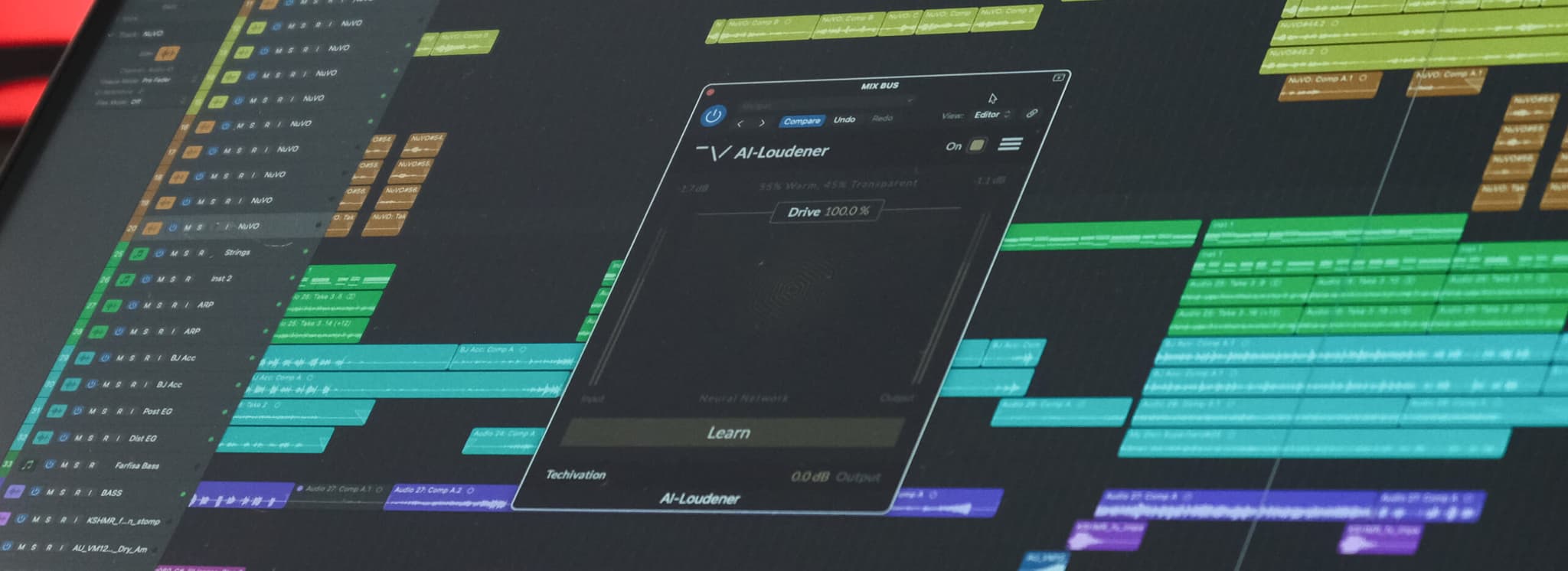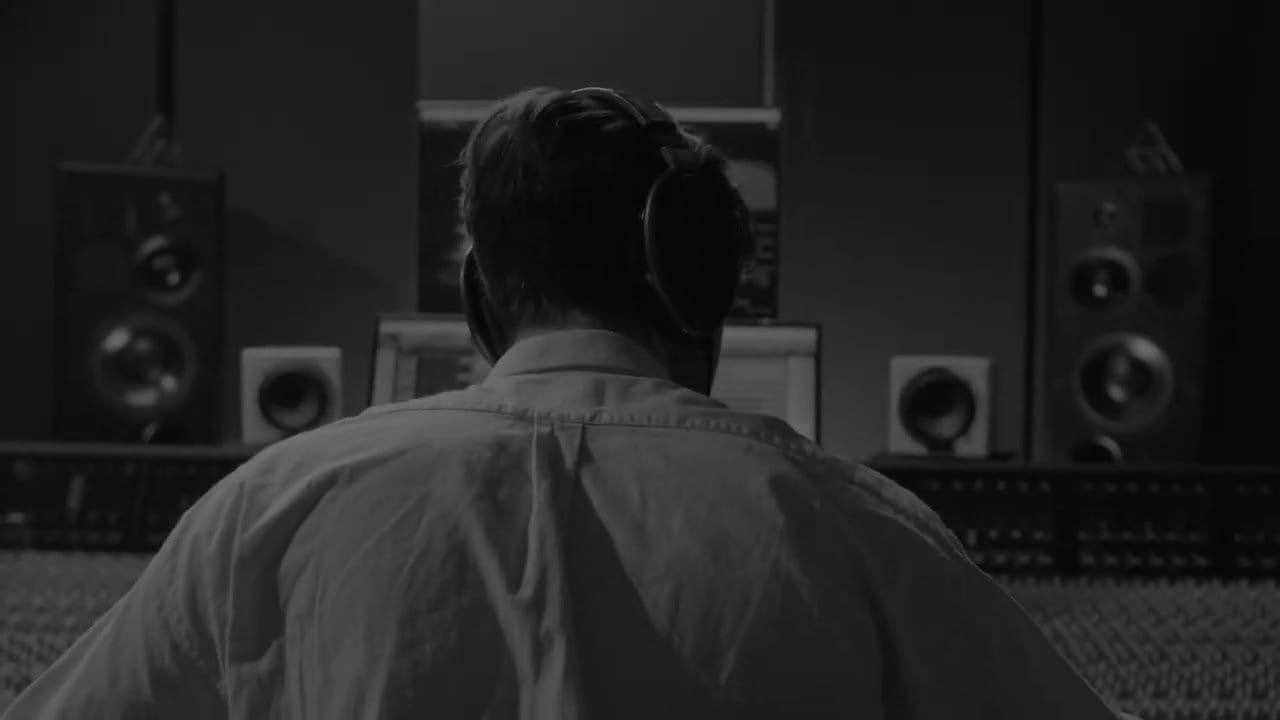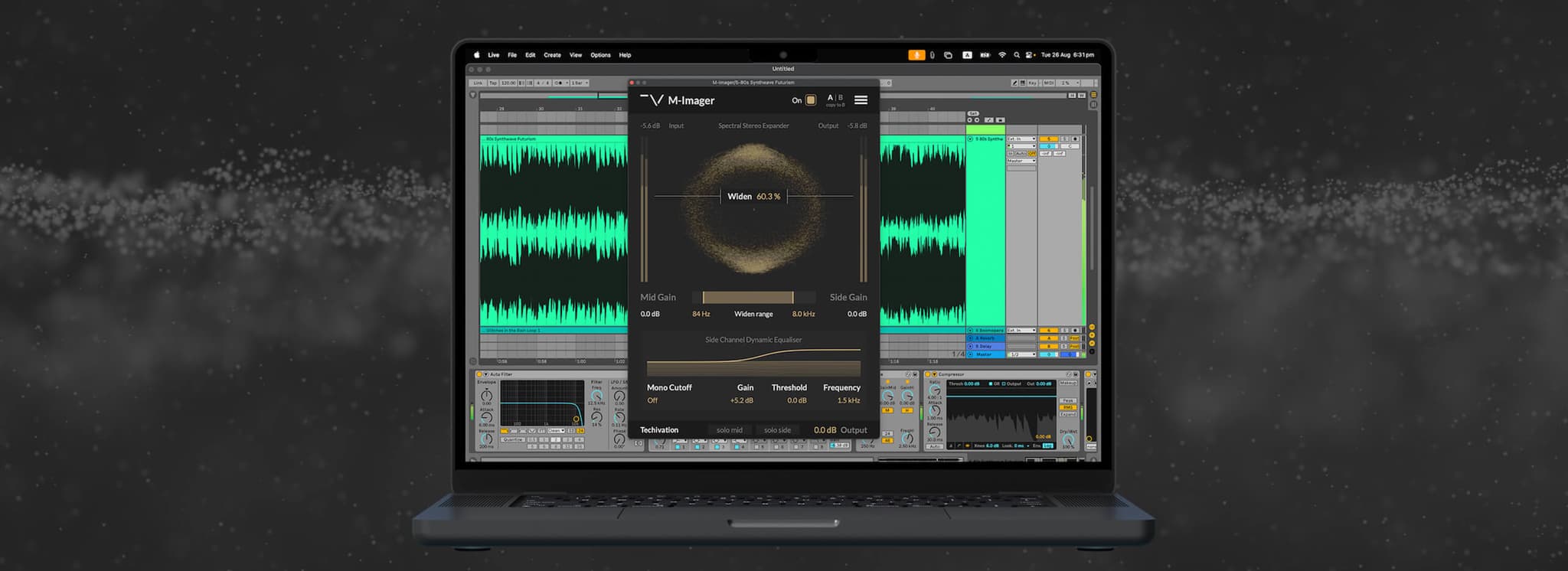Revolutionising Audio Mastering with AI-Loudener

The loudness of your music is an important consideration when creating a track. It is something that can be influenced in all stages of the production, from writing and arrangement to mixing and mastering.
In this blog, we will discuss what loudness is, how you can maximise it, and how you can use the Techivation AI-Loudener plugin in the mastering stage to take out some of the guesswork and make it a whole lot easier for you!
What is loudness?
Before we look at ways you can make your tracks sound louder, let’s first discuss what loudness means and some key concepts you need to know.
Loudness is a subjective property of sound, based on how we perceive its strength relative to something else. This is different from the objective “loudness” of a set of speakers that can be measured on an SPL meter, instead, we are talking about how the brain processes sound which can give the impression of a louder sound.
While many interesting and complex psychoacoustic properties of sound will influence perceived loudness, in the context of audio production, there are two concepts we need to cover first when talking about the loudness of audio; Peak Levels and Dynamic Range.
The peak level represents the absolute highest level your audio reaches at any moment. When working in digital audio, this is typically displayed as a figure from minus infinity to “0 dBFS”, where 0 represents the loudest sound you can represent in the digital system, anything higher and you will clip and distort the sound. You can often hear this if you go over 0 in your DAW! So if you can’t go over this 0dBFS level, how do you make things louder?
This is where dynamic range comes in. This represents the difference between the loudest and quietest sounds in your mix. Have you ever been working on a track, and even though the peak level in your DAW is very close to clipping, it just sounds quiet compared to existing music? This likely means that your dynamic range is much larger than the music you are referencing. By reducing your dynamic range, the difference between the louder and quieter sounds in your mix is reduced, so overall it will sound louder.
How do you make something loud?
So to control the loudness of your audio, we need to control the peak level so that it is close to but doesn’t go over the maximum level, we need to look at the dynamic range of the mix as a whole, and we also need to take advantage of how humans perceive loudness. Let’s take a look at a few things that can be done:
Arrangement
The sounds you have chosen and how you place them in your mix can play a big part in the perceived loudness, by separating different elements into their own frequency bands, as well as experimenting with placement in the stereo field, the track can sound fuller and louder. It can be tempting to add more and more elements to try and make your track sound bigger, but the actual number of parts in your mix doesn’t equate to loudness. Just a handful of well-placed elements can sound huge.
Dynamic Control
Compressors and limiters are commonly used when mixing and mastering to control the dynamic range and make things louder. A typical compressor works by reducing the peaks of a signal, “compressing” the dynamic range, and allowing you to turn up the whole signal to make it louder. Care needs to be taken not to go overboard with compression and limiting as it can introduce some very unnatural sounding artefacts and cause the mix to sound squashed.
EQ
In the mix stage, unbalanced frequencies can impact the perceived loudness, so it’s important to ensure that individual elements take up the appropriate frequency ranges and that as a whole, the mix feels balanced. In the mastering stage, adding subtle EQ can give more definition and clarity which can be perceived as an increase in loudness. Care needs to be taken with any EQ adjustments to ensure that you aren’t ruining the overall tone for the sake of loudness.
Distortion and Exciters
We aren’t talking about the distortion you get when you crank a guitar amp here! When handled with care, distortion can be a powerful ally in creating perceived loudness, by subtly adding distortion to elements, you will add extra harmonic content and subsequently increase the loudness.
Loudener Plugins
Loudener plugins are a great way to enhance the loudness of your track alongside the methods listed above. The Techivation AI-Loudener increases the perceived loudness by enhancing the tone, harmonic richness and stereo width while leaving your dynamic range unaltered. This makes it the perfect plugin to insert after your mastering chain and just before your final limiter to give that last squeeze of loudness while being safe in the knowledge that it isn’t going to add dynamic artefacts.
One of the added benefits of AI-Loudener is its ability to intelligently detect the style of source material and adapt its loudening algorithm so you know that the processing is going to be dialled in specifically for your audio. The Techivation M-Loudener plugin is also a great choice if you want to add more character and colour to the sound.
Let’s Listen
Let’s listen to how AI-Loudener can subtly increase the loudness of your tracks without impacting your dynamic range.
Conclusion
Loudness is something that people are always striving for, and it’s important to treat it with respect. Go too far, and your track will sound squashed and claustrophobic, not enough, and it just won’t have the impact it deserves. Have a look into controlling the dynamic range using compression and limiting, then with the help of AI-Loudener, dial in the perfect loudness for your track.
Written By Harry Lewis
Share this Article
Featured in this post



![[Video] New Update Released: Techivation M-Exciter](/_next/image?url=https%3A%2F%2Fstatic.techivation.com%2Fuploads%2FM-Exciter%2520New%2520Update.jpg&w=2048&q=75&dpl=dpl_8MtNB4V4GNBGc35CzAz4qvG2ozTf)
